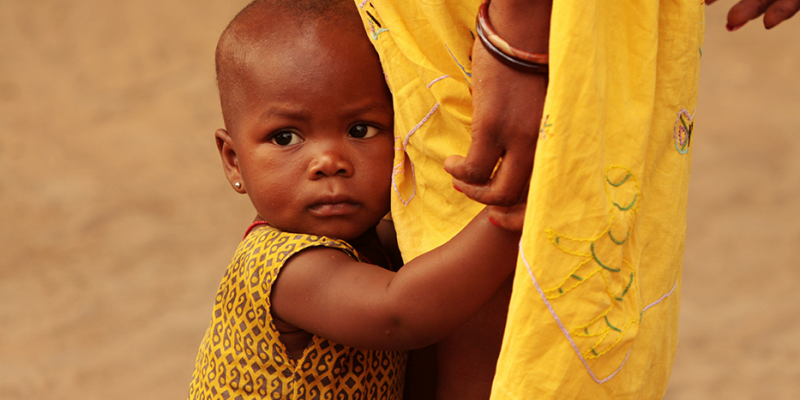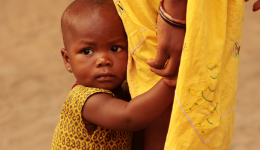How to Use this I-Kit
Getting Started
A great place to start is to review basic background information and resources on the “Life-Saving Commodities”.
Key information and supporting resources to provide a foundation of knowledge in demand generation and behavior change communication can be found under “The Power of Demand Generation”.
Animated Overview
The purpose of the animated infographic is to creatively walk practitioners though the content available on the I-Kit. The animation serves as an overall guide to the I-Kit, as well as a general how-to on use of the various sections to meet user-goals.
Organization of the I-Kit
The Demand Generation Implementation Kit (I-Kit) is organized by three overarching health areas across the RMNCH Continuum of Care and covers nine priority commodities:
- Contraceptive implants (for prevention of unintended pregnancy)
- Female condoms (for prevention of unintended pregnancy and STIs/HIV)
- Emergency contraception (for prevention of unintended pregnancy)
- Misoprostol (for postpartum hemorrhage)
- Magnesium sulfate (for pre-eclampsia/eclampsia)
- Chlorhexidine (for newborn cord care)
- ORS and zinc (for diarrhea)
- Amoxicillin (for childhood pneumonia)
Step-by-Step Guidance
Under each health area, there is an “overview” and six steps to work your way through:
- Step 1: Analyze the situation
- Step 2: Define a vision
- Step 3: Choose the target audiences
- Step 4: Select key messages
- Step 5: Determine activities and interventions
- Step 6: Plan for monitoring and evaluation
Each step provides guidance on how to complete that section of the communication strategy. Illustrative, adaptable content is also provided for each step at the bottom of the page. This can be viewed by step either as a preview (which does not require download) or downloaded in MS Word or PDF. A full version of each commodity strategy is also available under "core resources". The full strategy includes both guidance and illustrative content for the entire strategy.
The illustrative content is offered as examples, and is not designed as a “one-size-fits-all” model - every country and context is different, and the content of your strategy should be based on local research and data.
Core Resources
As noted above, the full version of the illustrative communication strategy for each commodity is provided under "core resources" on the right-hand side of the page.
Each section also offers additional cross-cutting tools developed specifically to support demand generation programs for the life-saving RMNCH commodities. These are listed under relevant steps and include:
This report reviews, assesses, and synthesizes the current evidence of social and behavioral drivers of demand generation for the 13 commodities as well as effective practices in implementing demand generation programs.
This tool provides guidance on how to conduct a country-based in-depth examination of the demand generation landscape for the life-saving commodities. The tool provides guidance in reviewing existing national evidence and identifying major evidence gaps and areas for additional analysis prior to launching a demand generation program.
This guide provides information and practical tools to help program managers determine how gender norms and roles may limit demand for the commodities and how to address these norms and roles to ultimately increase the demand for, and utilization of, RMNCH commodities.
This Framework provides step-by-step information and practical tools to guide media selection (i.e. communication channels) for demand generation activities using a theory-based approach. The Guide has a focus on ICT and new media channels as there is little guidance available around selection of these channels.
This resource provides an in-depth look at three programs that illustrate the use of Information and Communication Technologies (ICTs) and new media, specifically using mobile technologies, as part of an integrated strategy to increase demand for and use of RMNCH commodities and services.
This Guide is a resource for developing, implementing and assessing public-private partnerships (PPPs) to help increase demand for the life-saving commodities.
Additional Resources
Under each step of the health areas, additional useful resources are provided relevant to that step, including tools and examples of project materials from around the world.
Share your experiences using the I-Kit
How have you used the I-Kit to design communication strategies? Please share your experiences and the communications plans you have developed.
Are there new resources or topic areas that should be included in the toolkit? Please contact us to share your suggestions, comments, and questions.


